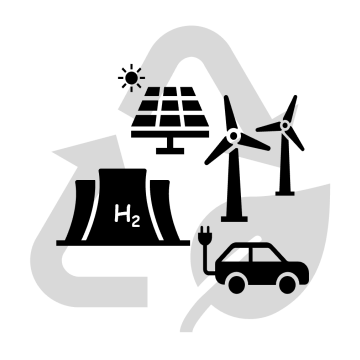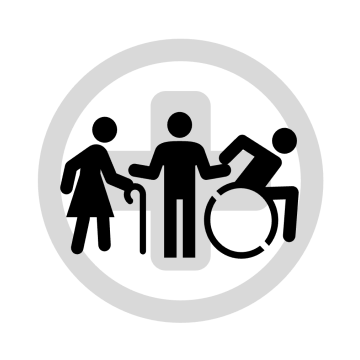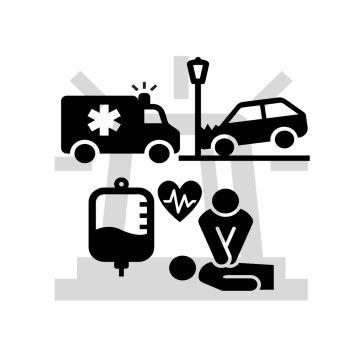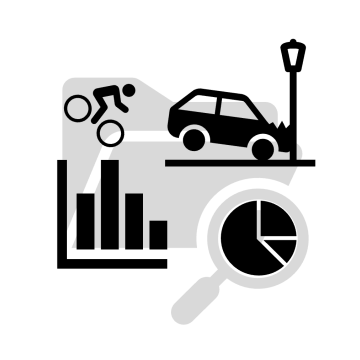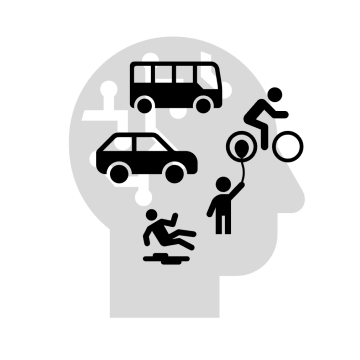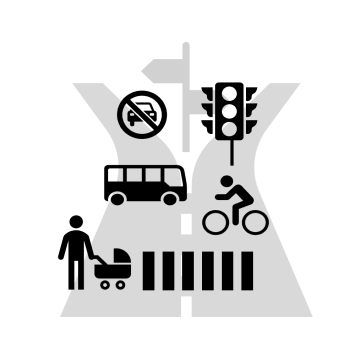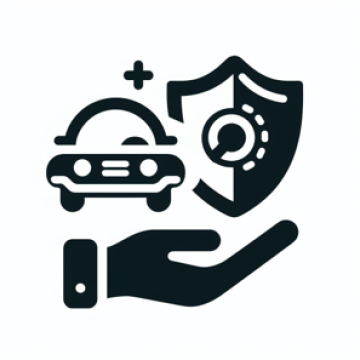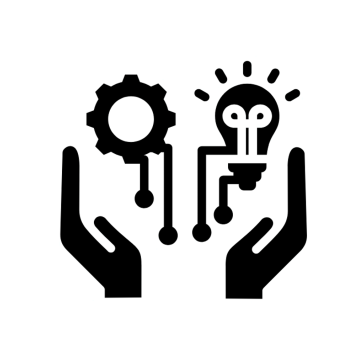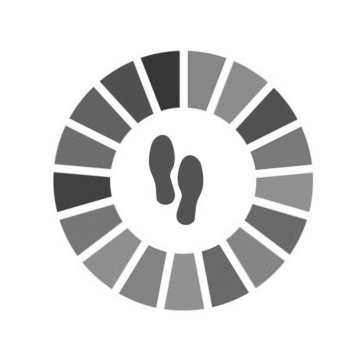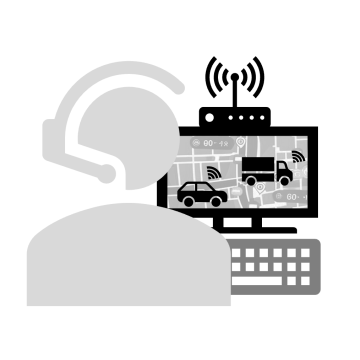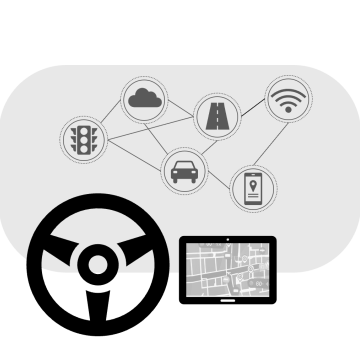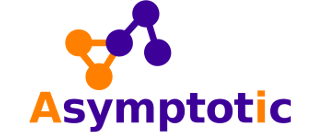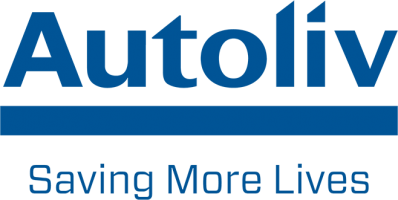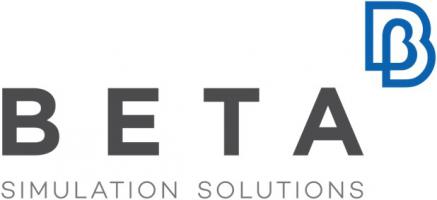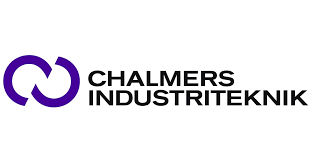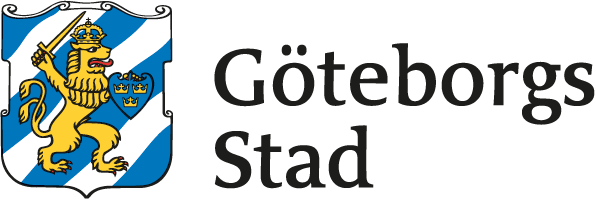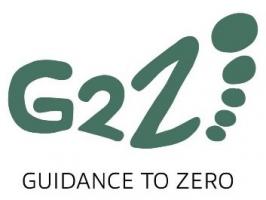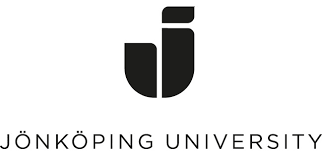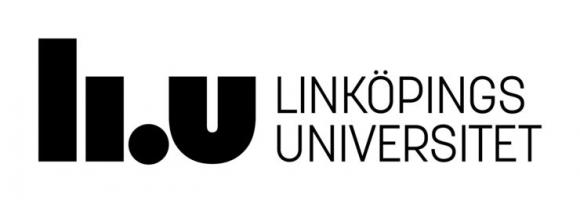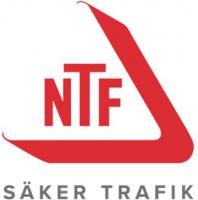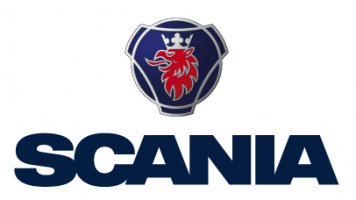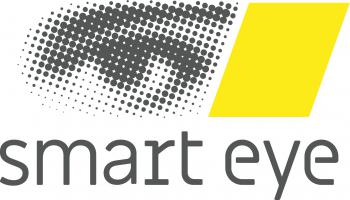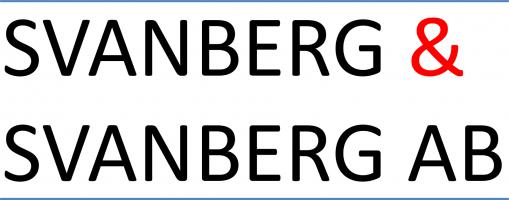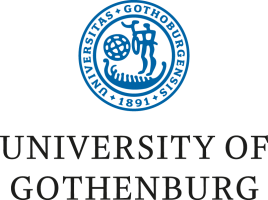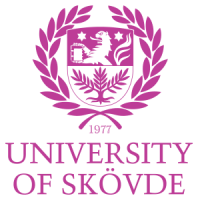WELCOME TO SAFER VEHICLE AND TRAFFIC SAFETY CENTRE AT CHALMERS
We research to save lives, prevent injuries and enable safe mobility. Together.
SAFER Vehicle and Traffic Safety Centre at Chalmers is a collaborative platform for research and knowledge exchange where partners from society, academia and industry acquire and share knowledge to make a significant contribution to a safer road transport environment for all.
The knowledge generation platform is being realised through collaboration between universities, research institutes, industries, government authorities and other relevant actors. SAFER aims to contribute to the elimination of fatalities and serious injuries in the mobility system through multidisciplinary research, collaboration activities and knowledge exchange, and to make Swedish society, the academia and the industry into world leaders in safe transport. Chalmers University of Technology is our host and about 50 partners are participating in the collaboration.
NEWS & EVENTS
Co-create and share knowledge to save lives in road transport
SAFER'S IMPACT AREAS
The scope of our research
We define our impact areas by assessing both societal and our partners’ needs, focusing on where SAFER, as a collaboration platform, can truly make a difference. This is guided by a comprehensive understanding of our combined capabilities and the demands of society.
SAFETY PRINCIPLES
SAFETY PRINCIPLES
The Impact Area Safety Principles focuses on addressing safety for individual components such as vehicles and infrastructure, as well as the interactions between them to capture the challenges of the whole mobility system. Our primary objective is to reduce fatalities and injuries, by preventing road accidents in the first place. Our Impact Area Experts in the SAFER Research Council: Martin Sanfridson, RISE and Katrin Sjöberg, Volvo Group.
HUMAN BODY AND MIND
HUMAN BODY AND MIND
Here we address our understanding of the human from the aspects of tolerance to mechanical loading and behaviour in traffic. The research activities typically focus on modelling of the human and studying the safety of interactions between road users and between the human and the vehicle in the mobility system. Our Impact Area Experts in the SAFER Research Council: Nils Lübbe, Autoliv, Anna Sjörs Dahlman, VTI and Mikael Ljung Aust, Volvo Cars.
SAFETY PERFORMANCE EVALUATION
SAFETY PERFORMANCE EVALUATION
In the impact area Safety Performance Evaluation, our research is dedicated to advancing vehicle and traffic safety through innovative analysis techniques. Our mission is clear: to develop models that are transparent, scalable, and sustainable, all grounded in real-world data and assessment methods. Our Impact Area Experts in the SAFER Research Council: Jonas Bärgman, Chalmers, Carmelo D'Agostino, Lund University and Hanna Wennberg, Swedish Transport Administration.
SAFER’S WORKING GROUPS
The main forum for inspiration and idea incubation
BE A SAFER PARTNER
Safe mobility can only be realized when talented and dedicated people work together with a clear vision, shoulder by shoulder. As a SAFER partner, you play an important role in the creation of safe sustainable transport systems for all.




